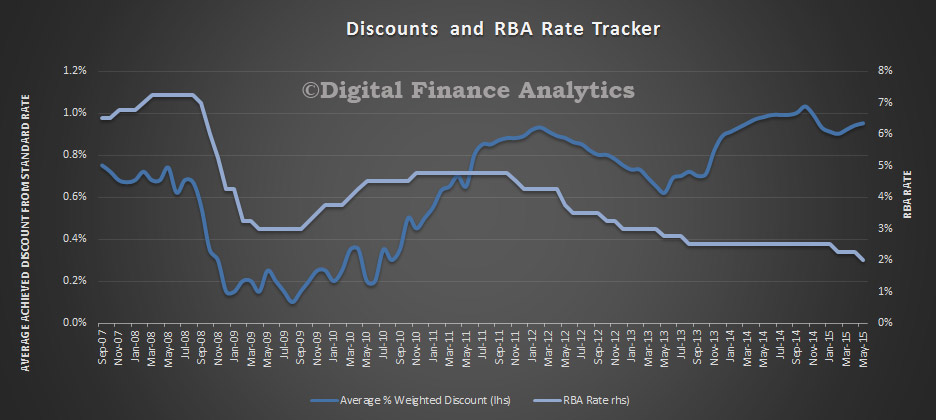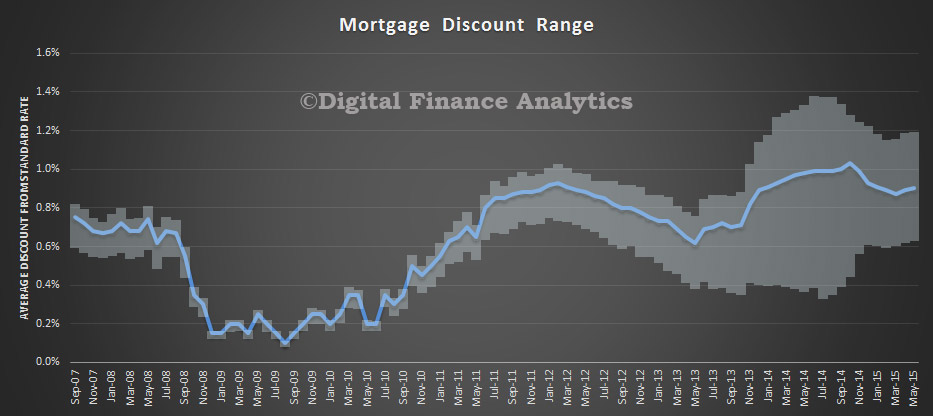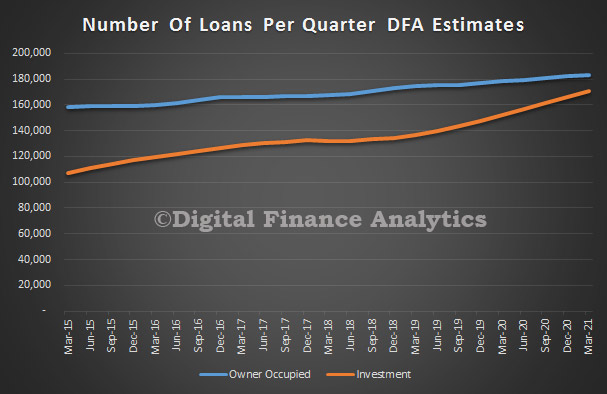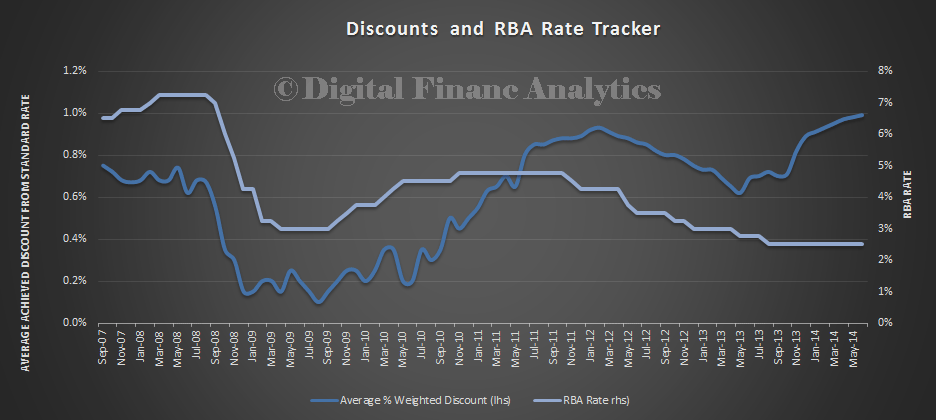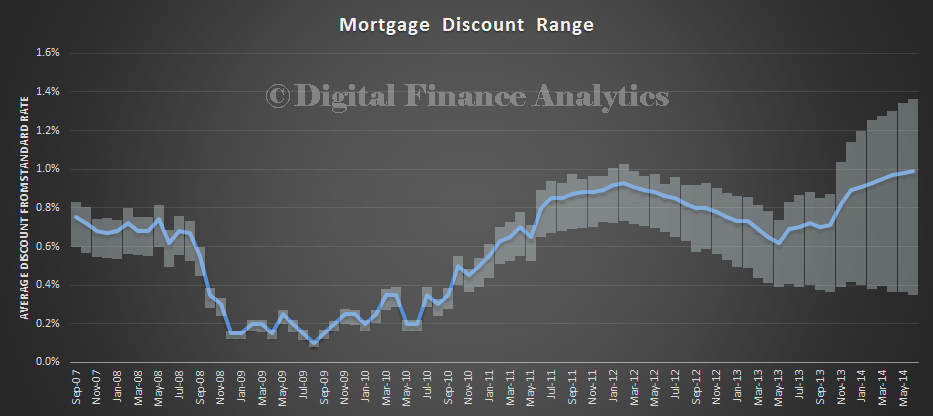Prudential Practice Guide APG 223 Residential mortgage lending (APG 223) provides guidance to ADIs on addressing housing credit risk within their risk management framework, applying sound loan origination criteria and appropriate security valuation methods, managing hardship loans and establishing a robust stress-testing framework.
There are a number of tweaks made in response to submissions they received. The intent remains unchanged.
Draft APG 223 has been amended to clarify APRA’s intention that senior management would review risk targets and internal controls, as appropriate, with Board oversight.
APRA has amended draft APG 223 to be consistent with CPS 220. That is, an ADI would set risk limits for various aspects of residential mortgage lending, so that the ADI operates well within its tolerance for credit risk.
APRA accepts that an ADI should seek to ensure that the portfolio in aggregate, and not the individual loan, is able to absorb substantial stress (such as in an economic downturn) without producing unexpectedly high loan default losses for the lender; and APRA has also clarified that the interest rate buffer would factor in increases over several years rather than the full term of the loan.
APRA expects ADIs to assess and verify a borrower’s income and expenses having regards to the particular circumstances of the borrower. In view of the uncertainty and challenges in estimating living expenses, APRA supports ADIs adopting a prudent approach. This would include the use of margins when benchmarks like HEM or HPI are incorporated into the assessment. Furthermore, consistent with the updated RG 209, APRA advises that the use of benchmarks such as HEM or HPI is not a replacement for verification and assessment of the borrower’s declared expenses. The APG 223 has been amended to ensure consistency with ASIC’s updated RG 209.
It is not APRA’s intention to restrict access to finance for impending retirees. However, it is not prudent for ADIs to rely on superannuation lump sums for repayment unless their quantum is verifiable and timing reasonably known, which is likely to be the case closer to retirement. Consequently APRA does not propose to amend the guidance in draft APG 223.
APRA’s industry-wide data on residential mortgage lending indicates that, over the past several years, both direct and broker originated home loan loss rates have been quite low, due to low default rates and continued growth in home loan collateral values. APRA’s data also indicates, however, that there is a significantly higher default rate for broker-originated loans compared to loans originated through proprietary channels. This higher default rate would be expected to translate to higher loss rates, particularly in adverse circumstances. APRA has, however, made some amendments to APG 223 to address some of the specific comments made in submissions, e.g. the sections on risk appetite and remuneration.
The application of the remuneration requirements to all ‘persons whose activities may affect the financial soundness of the regulated institution’ is an existing requirement of CPS 510. Therefore,including brokers in an ADI’s remuneration policy is not new and APG 223 aligns remuneration and risk management in the important area of residential mortgage lending origination. For the avoidance of doubt, APG 223 is intend ed to capture an ADI’s engagement with its brokers, not how a broker firm pays its staff.
APRA considers it appropriate to retain references in APG 223 to the claw back of commissions; however, some amendments have been made to the guidance in this area. References to specific circumstances under which claw backs should occur have been removed; APG 223 instead refers to the importance of ensuring remuneration arrangements ‘discourage conflicts of interest and inappropriate behaviour’. In addition, APRA continues to encourage ADIs to monitor the performance of third – party originators, with a view to restricting or terminating relationships with originators who have unexpectedly elevated levels of loan defaults or materially deficient loan documentation and processing.
APRA considers that it is appropriate for ADIs to pay particular attention to potentially riskier loan types. The guidance identifies several types of loans that may fall into this category, but the examples are not intended to be exhaustive or definitive. Each type of loan may be appropriate in certain circumstances, and ultimately the need for specific portfolio limits should be assessed by each ADI with respect to its own portfolio.
The type of valuation undertaken may depend on the level of risk involved; however, the valuation approach should ensure adequate provisioning where required. APRA has amended the guidance to indicate that valuations other than a full revaluation may be appropriate in certain circumstances, e.g. for loans with a very low LVR.
Appropriate stress testing should be tailored to the particular risk exposures of an individual ADI. APRA’s supervisory experience is that serviceability data collected at loan origination remains useful for ongoing stress testing and portfolio risk management, and good practice suggests that this data should be retained while it possesses material value.
APRA has amended the section on LMI to acknowledge its use by ADIs as a risk mitigant, to smooth out the normal variability of losses that occurs over time and to diversify regional concentrations of risk.

